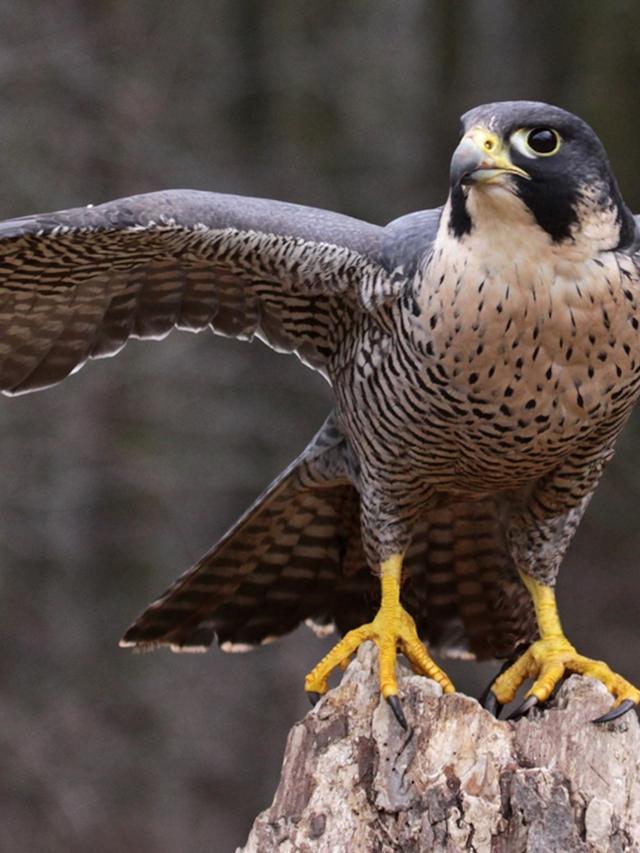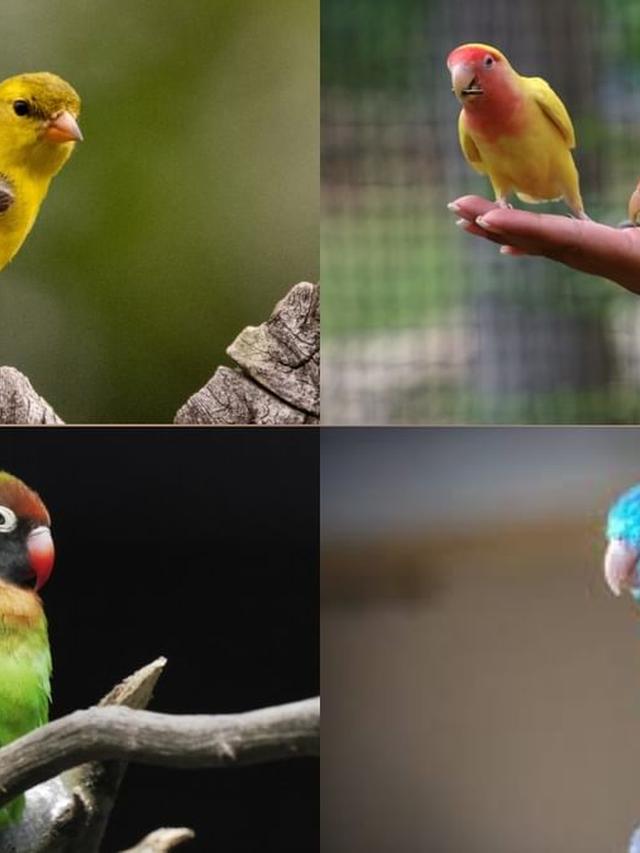The Komodo dragon (Varanus komodoensis) stands as a testament to nature’s formidable creations.
As the largest lizard species on Earth, these majestic creatures captivate with their size, strength, and unique adaptations.
From their powerful jaws to their remarkable hunting strategies, the anatomy of the Komodo dragon reveals a species finely tuned for survival in its rugged island habitat.
Introduction to the Komodo Dragon

Native to a handful of Indonesian islands, including Komodo, Rinca, Flores, Gili Motang, and Gili Dasami, the Komodo dragon belongs to the family Varanidae, which includes monitor lizards.
These impressive reptiles can grow up to 10 feet (3 meters) in length and weigh as much as 150 pounds (70 kilograms), with males typically larger than females.
Despite their size, Komodo dragons are agile predators and adept scavengers, playing a crucial role as apex predators in their ecosystems.
External Anatomy
Size and Shape:

Komodo dragons are robust creatures with long bodies, muscular tails, and sturdy limbs.
Their elongated heads taper into powerful jaws lined with sharp teeth, ideal for gripping and tearing prey.
Skin and Scales:
Their skin is reinforced with small, bony plates known as osteoderms, providing protection from potential injuries during fights with prey or other dragons.
A rugged exterior of scales and skin helps regulate body temperature and prevents water loss in their arid habitat.
Coloration:
While juveniles are more colorful with intricate patterns of yellow, green, and gray, adult Komodo dragons tend to be a darker shade of gray or brown, blending seamlessly into their rocky surroundings.
Internal Anatomy
Skeleton:
The Komodo dragon’s skeleton is characterized by its robustness, supporting their massive bodies and enabling powerful movements.
Their skulls, in particular, are reinforced with strong jaw muscles attached to a unique hinge mechanism that allows them to open their mouths wide to accommodate large prey items.
Digestive System:
Komodo dragons possess a highly specialized digestive system that includes acidic saliva capable of breaking down flesh and bone.
This adaptation allows them to consume prey much larger than themselves, including water buffalo and deer.
Their stomachs can expand significantly to accommodate large meals, and their intestines efficiently extract nutrients from their diet, which consists primarily of carrion.
Respiratory and Circulatory Systems:
Like other reptiles, Komodo dragons have a well-developed respiratory system characterized by lungs that are more efficient than those of mammals at extracting oxygen from the air.
Their circulatory system includes a powerful heart that pumps oxygen-rich blood throughout their bodies, supporting their high activity levels during hunting and mating seasons.
Behavioral Adaptations

Hunting Techniques:
Komodo dragons are ambush predators, using their keen sense of smell to locate carcasses over long distances.
They lie in wait near trails frequented by potential prey, such as deer and wild boar, before launching sudden attacks.
While their venomous bite was once believed to be lethal due to bacterial infections, recent research suggests that it primarily facilitates prey immobilization, allowing dragons to track their wounded quarry over long distances.
Social Behavior:
Despite their reputation as solitary hunters, Komodo dragons exhibit complex social behaviors that include dominance hierarchies among males, territorial disputes, and even cooperative hunting strategies when targeting larger prey.
Conservation Status and Threats
Population Challenges:
The Komodo dragon faces significant threats to its survival, including habitat loss due to human encroachment, poaching for illegal wildlife trade, and potential impacts from climate change on their island ecosystems.
Conservation Efforts:
Efforts to protect Komodo dragons include establishing national parks and reserves across their range, implementing regulations on tourism and visitor activities, and promoting research initiatives aimed at better understanding their biology and ecological needs.
Conclusion
The Komodo dragon exemplifies nature’s ingenuity in crafting a formidable predator perfectly adapted to its island environment.
From its powerful jaws and muscular physique to its intricate social behaviors and specialized digestive system, every aspect of the Komodo dragon’s anatomy reflects its role as a top predator in its ecosystem.
As we continue to learn more about these ancient reptiles, efforts to conserve their habitats and mitigate threats will be crucial in ensuring the survival of this iconic species for generations to come.
This article provides a comprehensive overview of the anatomy, behaviors, and conservation challenges facing the Komodo dragon, highlighting its importance in the natural world.






